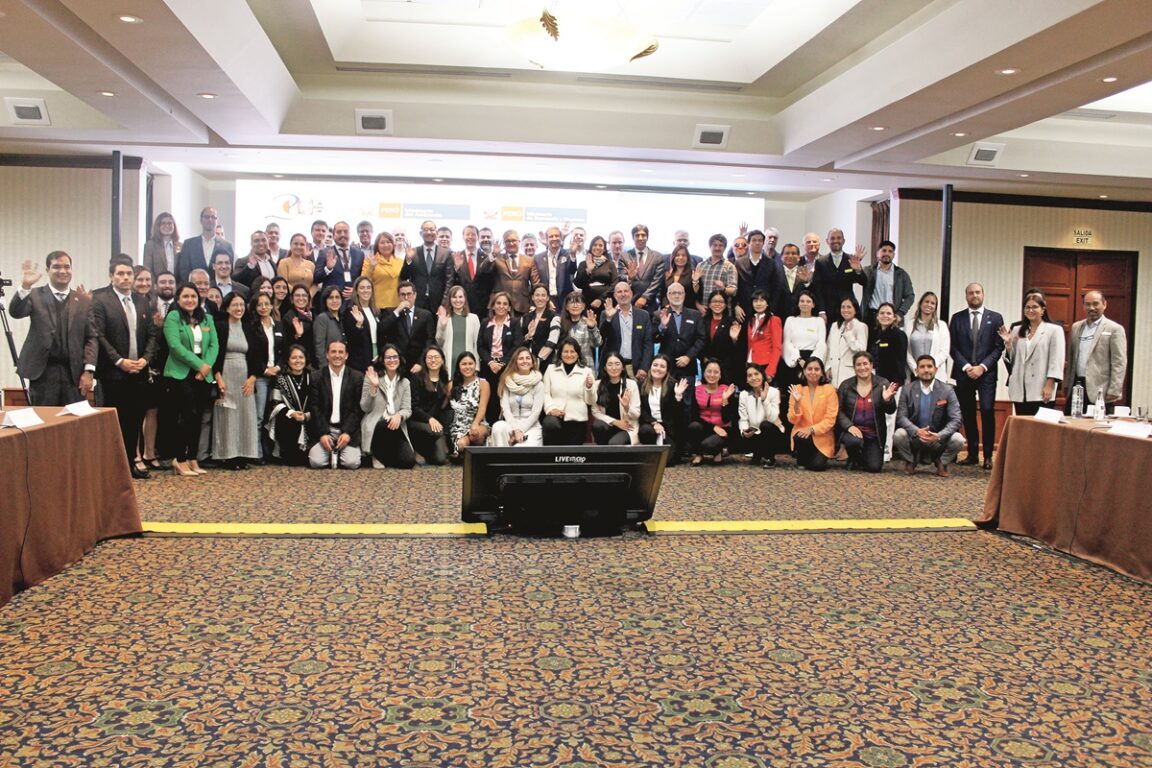27
Peru, with support from the UK’s PACT programme and colleagues from the Global Green Growth Institute (GGGI), approved the country’s sustainable bond framework under the rigorous criteria of the International Capital Markets Association and in line with the Sustainable Development Goals (SDGs) and the Paris Agreement’s Nationally Determined Contributions (NDC). In 2021, Peru issued its first social bond and two sustainable bonds worth US$4.5 billion. According to the Allocation and Impact Report, the results of this issuance include more than half a million people gaining access to clean water, more than 300,000 hectares of forest restored, and more than 20,000 hectares of irrigated land.
Examples like these illustrate the power of green finance in the global economy, which is characterized by its ability to direct resources towards projects and companies that promote environmental and social sustainability. In a world increasingly aware of climate and environmental challenges, sustainable financial practices have become a priority to ensure competitiveness and profitability, protect business value, and promote economic growth and sustainable development for countries.
In the Peruvian context, the launch of the Green Finance Roadmap, a pioneering initiative in the region, is a clear testament to Peru’s commitment to harnessing the opportunities offered by green finance and represents a concrete opportunity to engage the private sector on environmental and sustainability issues. This roadmap is aligned with the Climate Finance and Biodiversity Finance Strategies, also led by the Ministry of the Environment – both in the development phase – and aims to mobilize $5.8 billion from the private sector by 2030. Likewise, from the British Embassy in Lima, it contributes to the realization of this roadmap by creating a national ecosystem for incubating environmental and bio-based businesses, adopting a regulatory framework that encourages high integrity carbon markets and implementing financing mechanisms to de-risk private sector investments in the forest sector, thus achieving the 30×30 target, a global commitment to conserve biodiversity by 2030.
For these initiatives to have a greater impact, active engagement and clarification of efforts among the various key actors are essential, as well as the adoption of some guiding principles. First, it is necessary to recognize that there is a financial gap in environmental matters, which varies depending on the subject under analysis; for example, on the one hand, we have the costs and coverage of implementing the Nationally Determined Contributions in Peru, which represent a financing gap of $27 billion, of which $10 billion is allocated to mitigation and $17 billion to adaptation, on the other hand. According to studies by the Islamic Development Bank, it is estimated that the average demand is $100 million per year to finance biodiversity-friendly business models in the Peruvian Amazon. However, it is necessary to mobilize large-scale private investments to meet national and international climate commitments. Second, it is necessary to encourage a change in mindset towards profitable business models with an environmental focus, rather than development projects financed exclusively by donors. Third, it is necessary to prioritize the replicability of successful models, promote their scaling up and implement innovative financial instruments under an appropriate legal framework and well-defined governance.

Similarly, a key opportunity in advancing green finance is to reform the multilateral system to align the strategic objectives of governments, donors and key financial actors with initiatives such as the Inter-American Development Bank (IDB) and the World Bank (WB). Moreover, the willingness of indigenous organizations to engage in dialogue provides a means to integrate diverse perspectives into decision-making and promote inclusive and sustainable solutions.
In this context, the High-Level Dialogue on Green Finance, organised by the British Embassy in Lima on 24 May, represents a great opportunity for the various institutions involved in this matter to join and collaborate with each other, demonstrating the importance of the different initiatives operating in the country and setting clear mechanisms to encourage private sector business. This in turn will allow the coordination of the UK’s current interventions, such as the development of the BioEconomy Coordination Space (the legacy of the BioEconomy Task Force), the process of consolidating the incubator and accelerator ecosystem (supported by the “Climate Finance Accelerator” programme) and the implementation of the British Embassy’s Green Finance Strategy.
The UK reaffirms its commitment to supporting Peru in its transition to a sustainable economy. Green finance represents a unique opportunity to advance environmental and social sustainability, while generating economic benefits. The Green Finance Roadmap and the event organised by the British Embassy in Lima are important steps towards a greener and more prosperous future for the country. Public-private sector collaboration, as well as international support, are essential to make the most of this opportunity and build a sustainable future for generations to come.
* Respectively: Director General of Environmental Economy and Finance at the Ministry of the Environment and Head of Green Finance at the British Embassy in Lima.

“Creator. Devoted pop culture specialist. Certified web fanatic. Unapologetic coffee lover.”
